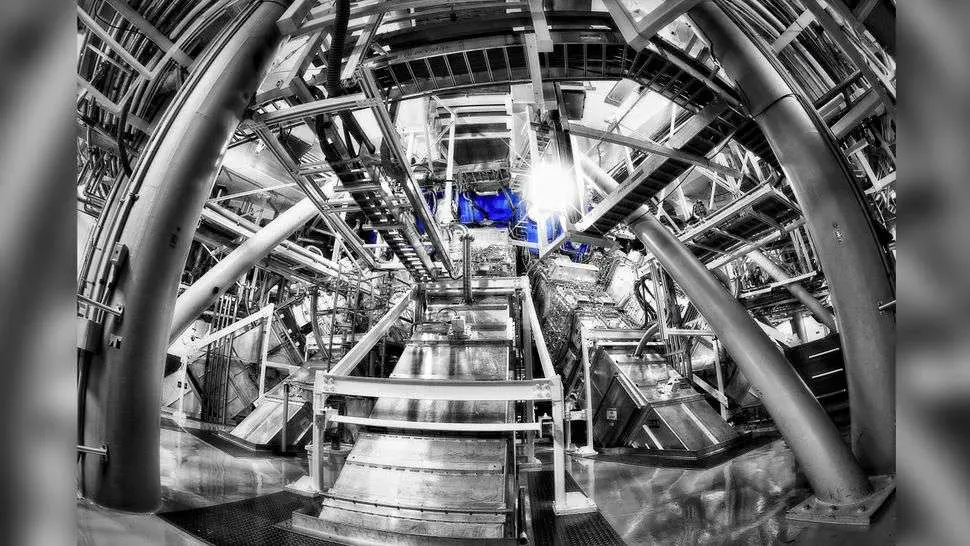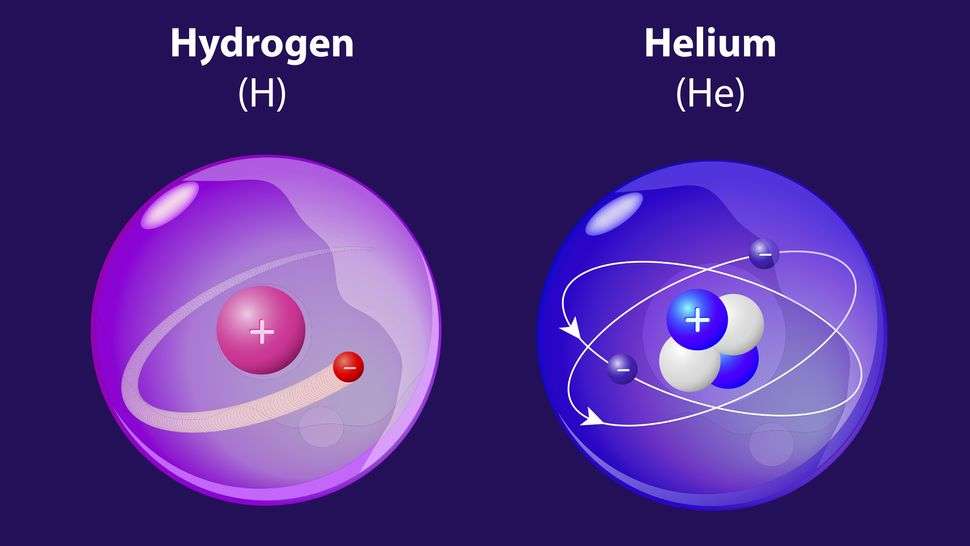
Introduction
In a monumental achievement that could revolutionize the future of energy, scientists have successfully conducted a fusion experiment that generated an astounding 10 quadrillion watts of power. This breakthrough represents a significant leap forward in the quest to harness fusion energy, which promises a nearly limitless, clean, and sustainable power source.
The Fusion Breakthrough
What is Fusion?
Fusion is the process that powers the sun and stars, involving the merging of light atomic nuclei, such as hydrogen, to form heavier nuclei, like helium, while releasing vast amounts of energy. Unlike fission, which splits heavy atoms and produces long-lived radioactive waste, fusion is cleaner and safer, producing minimal radioactive byproducts.
The Experiment
The record-breaking experiment was conducted at the National Ignition Facility (NIF) in California. Using a technique known as inertial confinement fusion, researchers focused 192 powerful laser beams onto a small target containing a mixture of deuterium and tritium, isotopes of hydrogen. The intense laser energy compressed and heated the fuel to extreme conditions, igniting a fusion reaction.

Achieving 10 Quadrillion Watts
Power Output
The experiment produced a peak power output of 10 quadrillion watts, or 10 petawatts, for a brief instant. This is a milestone in fusion research, demonstrating that it is possible to achieve the conditions necessary for sustained fusion reactions.
Energy Yield
While the 10 quadrillion watts of power were produced for just a fraction of a second, the energy yield of the reaction was significant. It brought scientists closer to achieving “ignition,” where the energy output from the fusion reaction exceeds the energy input required to start and sustain it.
Scientific and Technological Significance
Advancements in Fusion Research
This experiment marks a critical step forward in fusion research. It validates the theoretical and experimental advancements made over decades, bringing the scientific community closer to realizing practical fusion energy.
Technological Innovations
The success of this experiment relied on numerous technological innovations, including advancements in laser technology, target fabrication, and diagnostic tools. These innovations not only contribute to fusion research but also have potential applications in other fields such as materials science, medicine, and national security.
Implications for Future Energy
Clean and Sustainable Power
Fusion energy has the potential to provide a nearly limitless supply of clean power. Unlike fossil fuels, fusion does not produce greenhouse gases, and the fuel sources, deuterium and tritium, are abundant. Deuterium can be extracted from seawater, and tritium can be bred from lithium, which is plentiful in the Earth’s crust.
Reducing Carbon Footprint
The development of fusion power could play a crucial role in combating climate change. By providing a sustainable and environmentally friendly alternative to fossil fuels, fusion energy could significantly reduce global carbon emissions and help transition to a low-carbon economy.
Energy Security
Fusion energy promises enhanced energy security by reducing dependence on finite and geopolitically sensitive fossil fuel resources. It offers the potential for a stable and reliable energy supply that can meet the growing global demand.
Challenges and Future Prospects
Technical Challenges
Despite this breakthrough, significant challenges remain before fusion energy can be commercialized. Key hurdles include improving the efficiency of energy input versus output, developing materials that can withstand the extreme conditions of fusion reactions, and designing reactors that can operate continuously.
Ongoing Research
Research efforts will continue at facilities like the NIF, the International Thermonuclear Experimental Reactor (ITER) in France, and other fusion research labs worldwide. These efforts focus on overcoming technical challenges and scaling up fusion reactions to create practical, power-generating fusion reactors.
Timeline for Commercial Fusion
While the timeline for commercial fusion energy remains uncertain, this breakthrough brings optimism that fusion power could become a reality within the next few decades. Continued investment in research and development, coupled with international collaboration, will be essential in achieving this goal.
Conclusion
The record-breaking fusion experiment producing 10 quadrillion watts of power marks a historic milestone in the pursuit of fusion energy. This achievement demonstrates the immense potential of fusion as a clean, sustainable, and virtually limitless energy source. As research progresses, the dream of harnessing the power of the stars on Earth inches closer to reality, promising a brighter, more sustainable future for all.
